Intangible Cultural Heritage - Tool for Cultural Insights
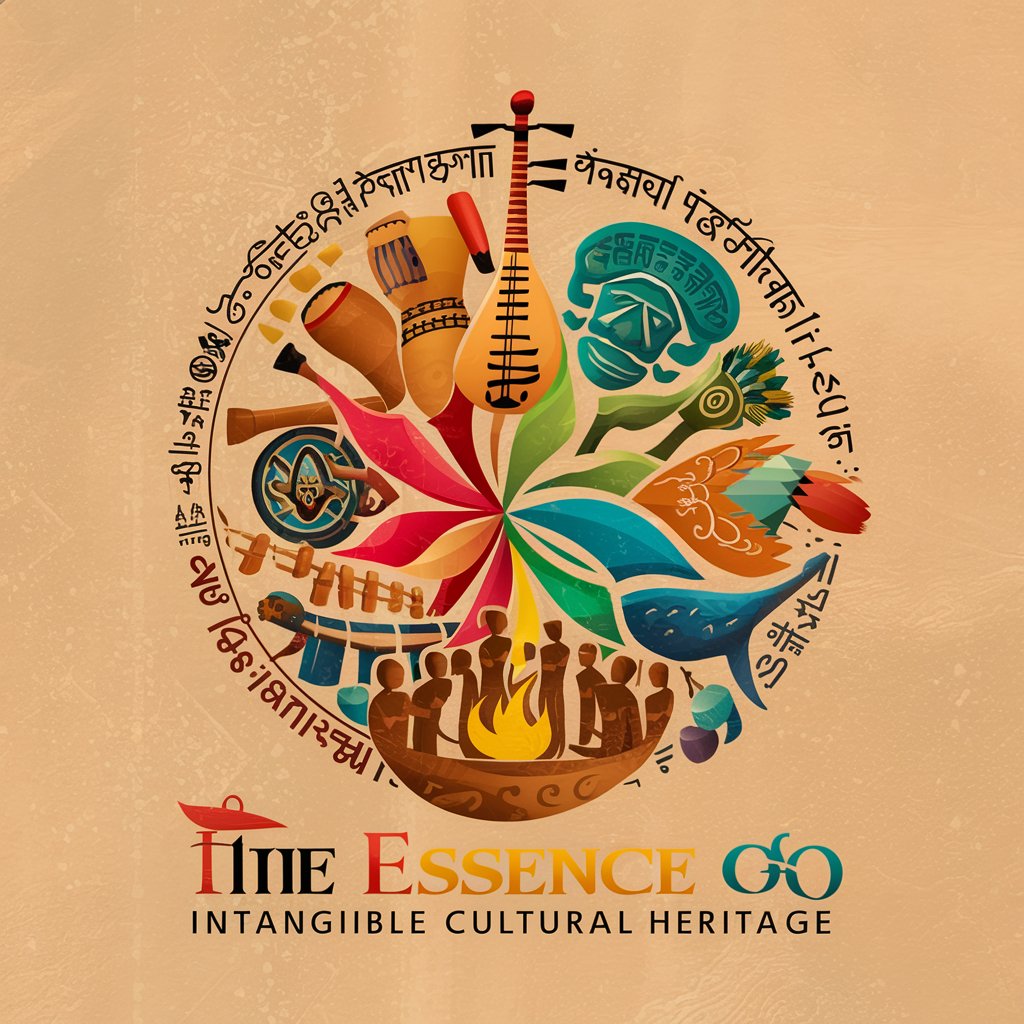
Welcome! Let's explore the rich world of cultural heritage together.
Explore and Preserve Cultural Heritage with AI
Explain the significance of traditional dance in...
Describe the cultural importance of rituals in...
What are the unique linguistic features of...
How do social practices differ across...
Get Embed Code
Understanding Intangible Cultural Heritage
Intangible Cultural Heritage (ICH) refers to the practices, representations, expressions, knowledge, and skills—as well as the instruments, objects, artifacts, and cultural spaces associated with them—that communities, groups, and in some cases individuals recognize as part of their cultural heritage. This heritage, transmitted from generation to generation, is constantly recreated by communities and groups in response to their environment, their interaction with nature, and their history, providing them with a sense of identity and continuity. The purpose of the ICH GPT model is to educate and foster appreciation for such cultural aspects, ensuring that the knowledge does not vanish with the tides of modernization. Examples include traditional music and dance forms like Flamenco in Spain, the culinary traditions of making Japanese Washoku, or the linguistic nuances of the endangered Ainu language in Japan. Powered by ChatGPT-4o。

Core Functions of Intangible Cultural Heritage
Educational Resource
Example
Explaining the significance of the ritual of Sankirtan, a devotional singing practice in Manipur, India.
Scenario
Used in academic settings or cultural studies groups, providing detailed context, historical evolution, and current practice.
Cultural Preservation
Example
Highlighting the techniques and cultural values behind the traditional craft of Chinese calligraphy.
Scenario
Assisting artisans, educators, and cultural practitioners in archiving and promoting practices that risk disappearance.
Promoting Cultural Awareness
Example
Showcasing the diversity and depth of the Mediterranean diet beyond its commonly known aspects.
Scenario
Utilized by cultural festivals or tourism boards to educate visitors about the deeper cultural meanings of local culinary practices.
Supporting Language Preservation
Example
Providing insights into the structure and usage of the Koro Aka language in India, which has very few speakers.
Scenario
Working with linguistic researchers and local communities to document and revive lesser-known languages.
Who Benefits from Intangible Cultural Heritage
Cultural Educators and Researchers
Academics, teachers, and researchers who need comprehensive, accessible information on diverse cultural practices for education and study.
Cultural Practitioners
Artisans, musicians, dancers, and other cultural practitioners seeking to deepen their knowledge of their own or other cultures, or to connect with traditions.
Government and Non-Profit Cultural Organizations
These entities require detailed cultural insights to formulate policies, grants, and preservation projects that support and protect intangible cultural heritage.
General Public with Interest in Cultural Diversity
Individuals curious about the richness and variety of global cultures, looking to expand their understanding and appreciation of world heritage.

Using Intangible Cultural Heritage
Start a Free Trial
Visit yeschat.ai to start exploring Intangible Cultural Heritage without the need for logging in or subscribing to ChatGPT Plus.
Identify Your Focus
Determine the specific aspect of cultural heritage you are interested in, such as traditional music, rituals, or languages. This focus will guide your interactions.
Utilize Advanced Queries
Leverage detailed questions to retrieve in-depth information about specific cultural practices, their origins, and their significance.
Apply Insights
Use the acquired knowledge in academic research, creative projects, or community cultural initiatives to enrich understanding and appreciation.
Engage and Share
Engage with the community by sharing your findings and contribute to discussions on cultural preservation forums and social media platforms.
Try other advanced and practical GPTs
ダイエットお助け人
Revolutionizing Your Diet with AI

Tool Linker
Empower your tasks with AI-driven tools.
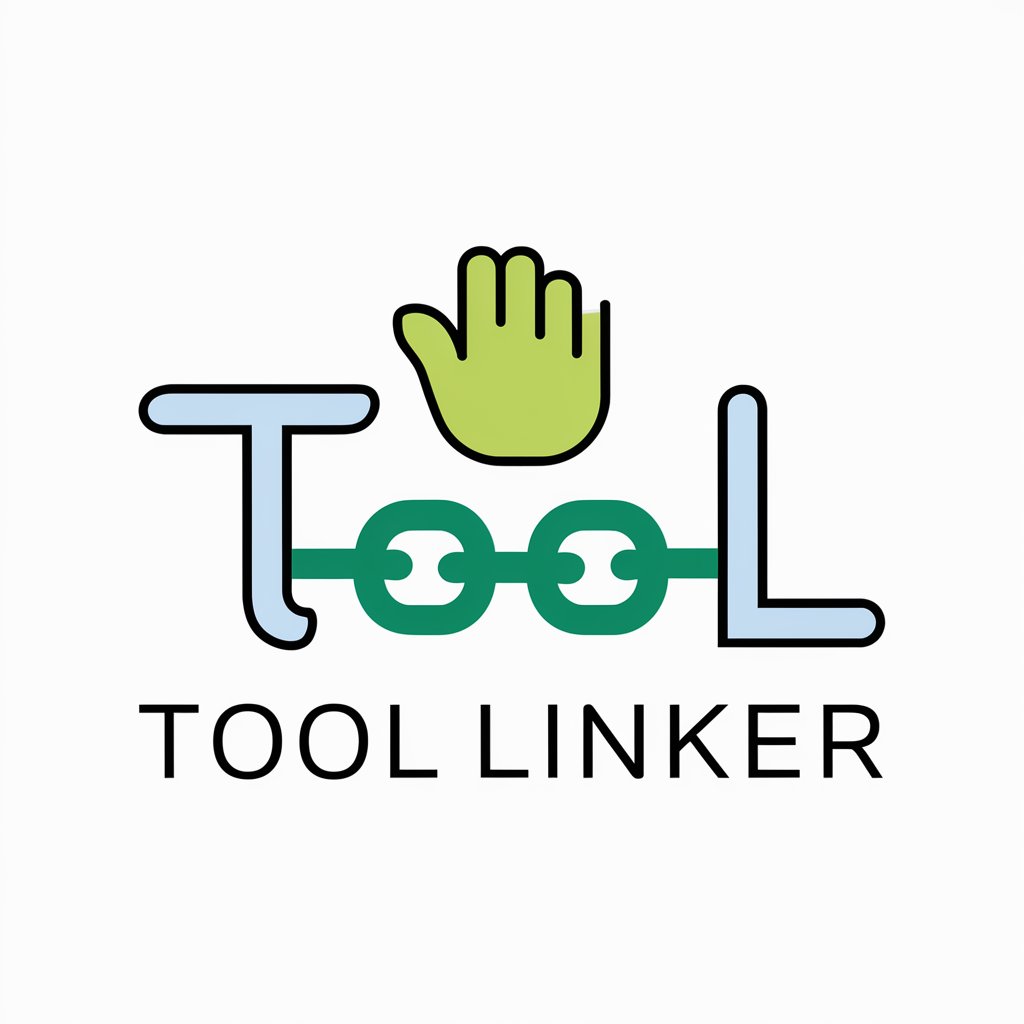
Training Innovator
AI-Powered Training Made Easy
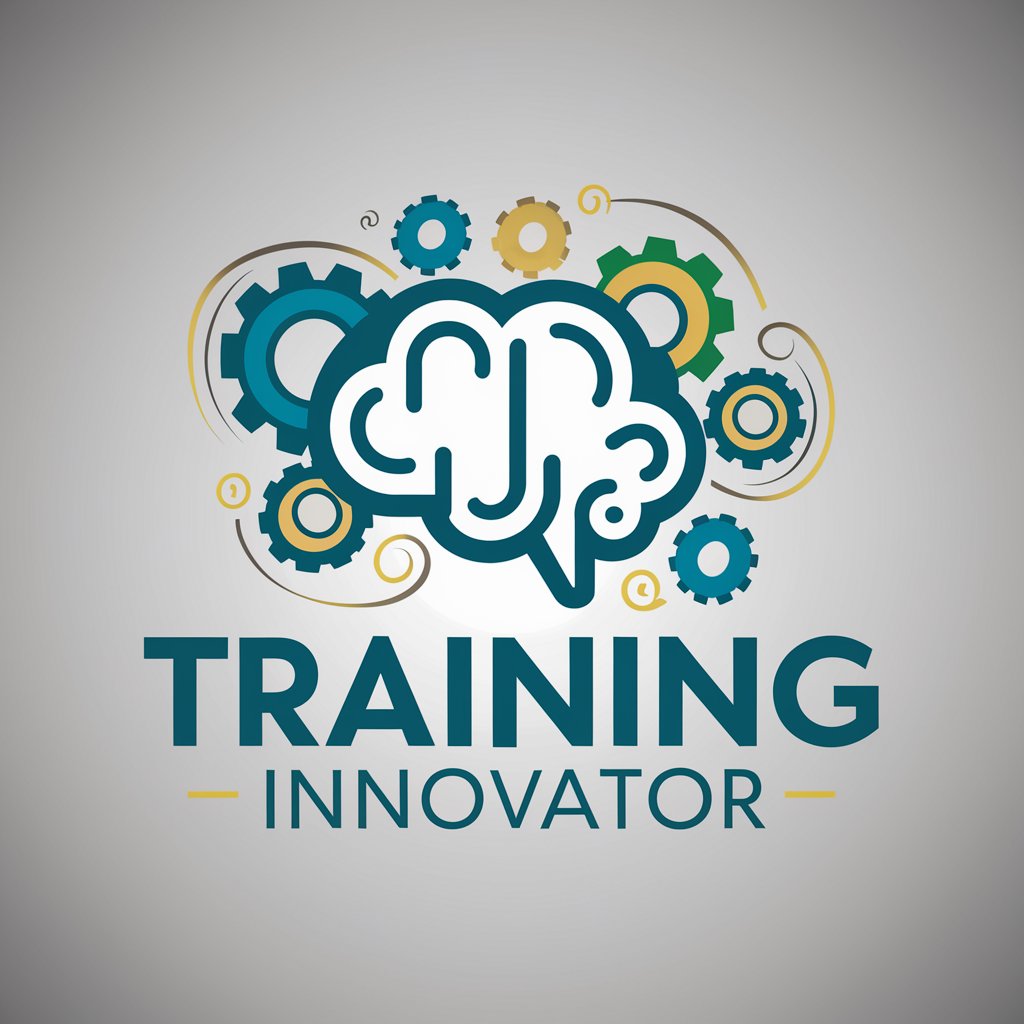
leadership training
Empower Leaders with Smart AI Training

Training Advisor
Automate Training Analysis with AI

Hyrox Training
Your AI-powered Hyrox coach

車探しのアドバイザー
Your Smart, AI-Driven Car Trading Partner

Finance Sages
Empowering Financial Decisions with AI

Solar GEO
Empowering Solar Energy Decisions with AI

Literary
Empowering Writing with AI

Literary Liaison
Empowering Literature Exploration
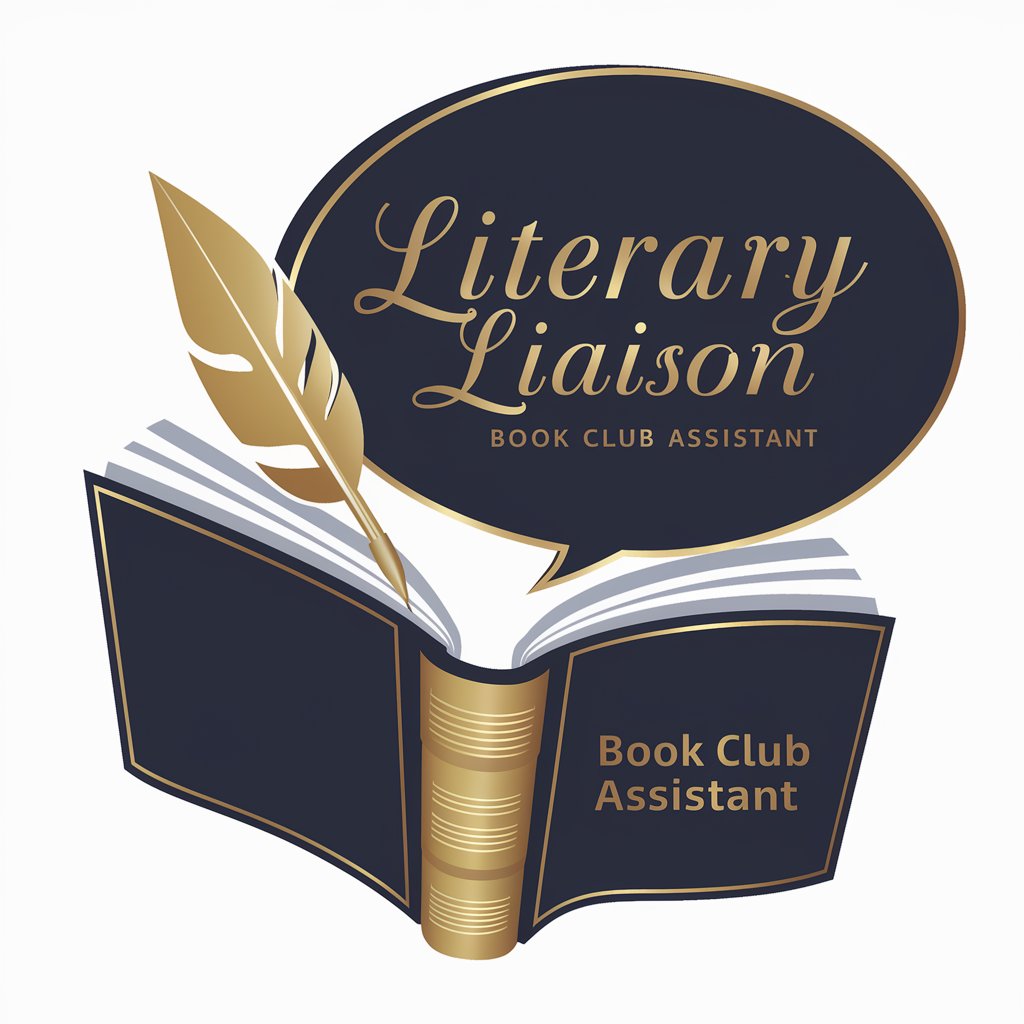
Literary Matchmaker
Discover Your Literary Soul Mate
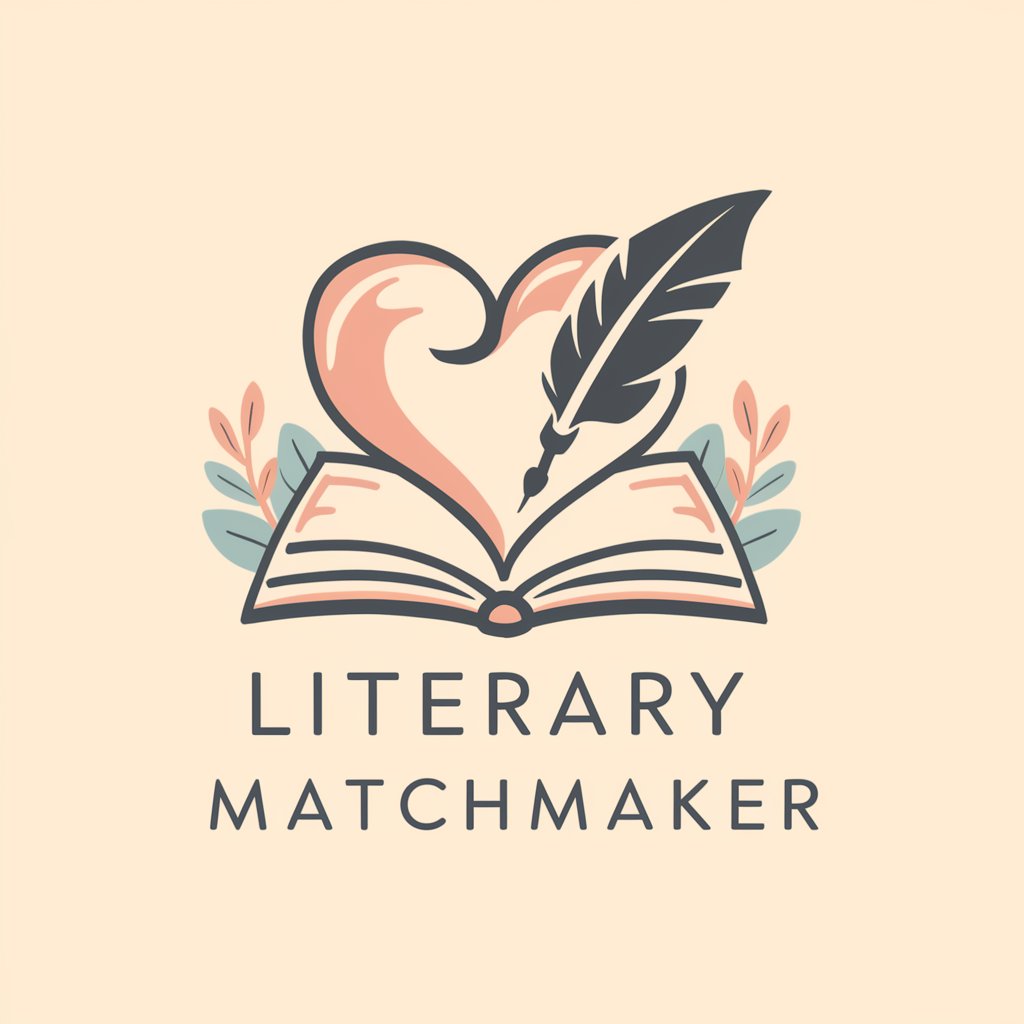
Frequently Asked Questions about Intangible Cultural Heritage
What is Intangible Cultural Heritage?
Intangible Cultural Heritage refers to traditions or living expressions inherited from our ancestors and passed on to our descendants, such as oral traditions, performing arts, social practices, rituals, festive events, knowledge and practices concerning nature and the universe or the knowledge and skills to produce traditional crafts.
How can educators use this tool?
Educators can use Intangible Cultural Heritage to integrate diverse cultural contexts into their curricula, creating engaging lessons that explore global traditions, thereby promoting cultural awareness and sensitivity among students.
Can this tool help in preserving endangered languages?
Yes, it can provide detailed insights into the structure, vocabulary, and usage of endangered languages, supporting efforts to document, teach, and revitalize these languages through community engagement and educational programs.
What are some challenges in studying intangible cultural heritage?
Challenges include the dynamic nature of living traditions that evolve over time, the potential for cultural misrepresentation, and the difficulty of capturing the full breadth of cultural practices using digital tools alone.
How does this tool support cultural researchers?
It assists researchers by providing access to a wide range of information about various cultural practices, their historical contexts, significance, and current status, aiding in comprehensive cultural studies and preservation efforts.
